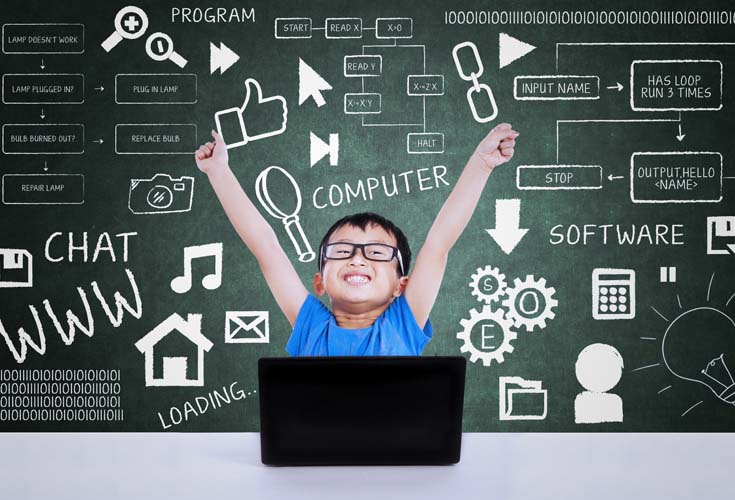

Unlocking Creativity: The World of Hands-On Kids Programming
In the ever-evolving landscape of education, Hands-On Kids Programming emerges as a dynamic and engaging approach to introduce young minds to the art of coding. By combining hands-on experiences with interactive learning, this methodology goes beyond traditional coding lessons, fostering creativity and problem-solving skills in the budding coders of tomorrow.
Interactive Platforms: A Digital Playground for Exploration
Hands-On Kids Programming leverages interactive platforms that serve as digital playgrounds for exploration. These platforms utilize gamification, vibrant visuals, and interactive challenges to make learning a hands-on and enjoyable experience. One notable platform that exemplifies this approach is available through this link, offering a variety of hands-on programming activities.
Project-Based Adventures: Learning by Doing
A key feature of Hands-On Kids Programming is the incorporation of project-based learning adventures. Rather than relying solely on theoretical concepts, students engage in hands-on projects that allow them to apply their coding knowledge in real-world scenarios. This approach not only enhances understanding but also instills problem-solving skills through practical application.
Coding as a Creative Expression: Unleashing Imagination
Hands-On Kids Programming recognizes coding as more than a technical skill; it is a form of creative expression. By engaging in hands-on coding activities, children unleash their imagination to design animations, games, and interactive stories. This blend of coding and creativity not only makes learning enjoyable but also nurtures innovative thinking from a young age.
Problem-Solving Journeys: Challenges That Inspire Growth
Through hands-on programming challenges, students embark on problem-solving journeys that inspire growth. These challenges are carefully crafted to stimulate critical thinking and creativity. As students overcome coding obstacles, they not only refine their technical skills but also develop resilience and adaptability in the face of complex problems.
Collaborative Learning Spaces: Fostering Teamwork
Hands-On Kids Programming creates collaborative learning spaces where students work together on coding projects. This collaborative approach not only enhances the learning experience but also prepares young minds for the teamwork required in professional coding environments. Collaboration becomes a cornerstone in the journey of hands-on coding exploration.
Inclusive Learning Environments: Tailoring Education for All
An essential aspect of Hands-On Kids Programming is its commitment to inclusive learning environments. Recognizing diverse learning styles, lessons are tailored to accommodate different skill levels, ensuring that every child can actively participate and progress at their own pace. Inclusivity is not just a concept but a practice in hands-on coding education.
Feedback-Driven Growth: Guiding Hands-On Development
Hands-On Kids Programming places a significant emphasis on feedback-driven growth. Instructors provide constructive feedback to guide students on refining their coding skills. This iterative process not only fosters improvement but also instills a mindset of continuous learning and development in the hands-on coding journey.
Real-World Application: Bridging Education and Practicality
The hands-on approach extends to real-world applications, bridging the gap between theoretical learning and practical coding skills. Hands-On Kids Programming illustrates how coding is used in everyday scenarios, offering insights into the practical implications of coding knowledge. This connection to real-world applications gives context to the hands-on learning experience.
Preparation for the Digital Age: Equipping Young Coders
As students engage in Hands-On Kids Programming, they are not just learning to code; they are being equipped with essential skills for the digital age. Beyond coding syntax, they develop problem-solving abilities, creativity, collaboration, and adaptability – skills that are crucial in navigating the complexities of the future digital landscape.
Conclusion: Hands-On Coding, a Gateway to Creativity
In conclusion, Hands-On Kids Programming emerges as a gateway to creativity and innovation in the realm of education. By blending interactive platforms, project-based learning, and a hands-on approach, this methodology empowers young coders to explore, create, and problem-solve. The hands-on coding journey becomes not just an educational experience but a foundation for a future where creativity and technology seamlessly intertwine.








